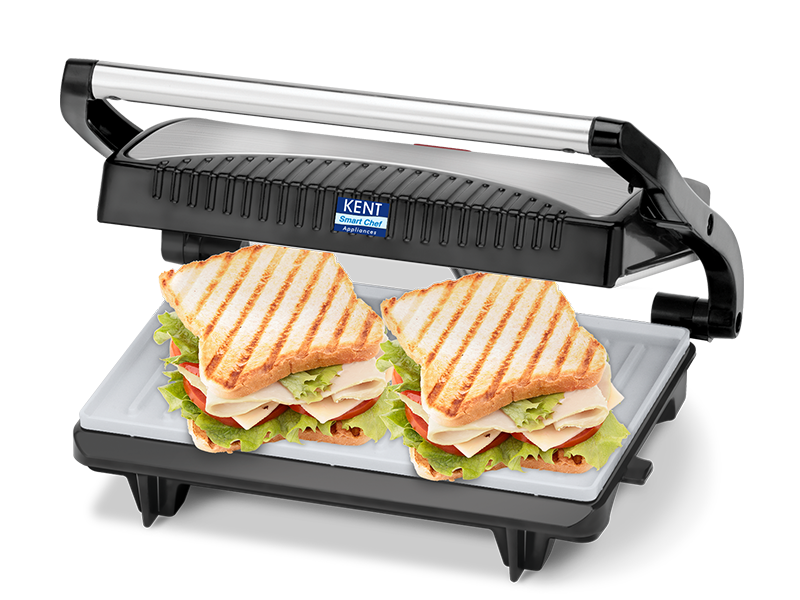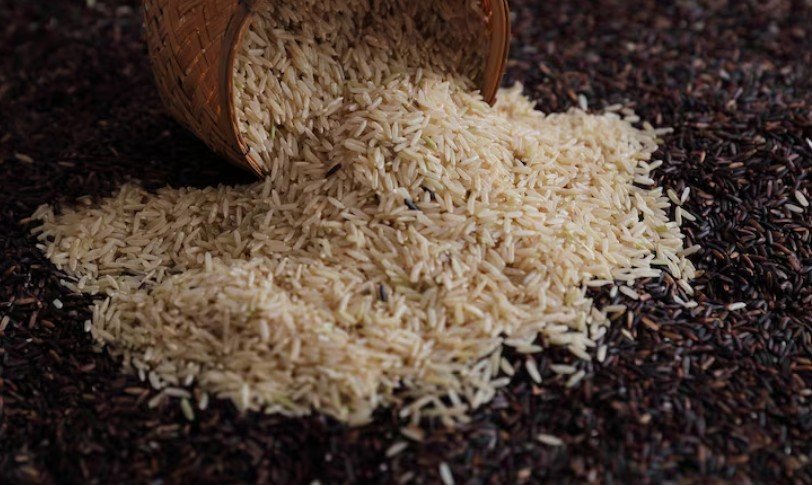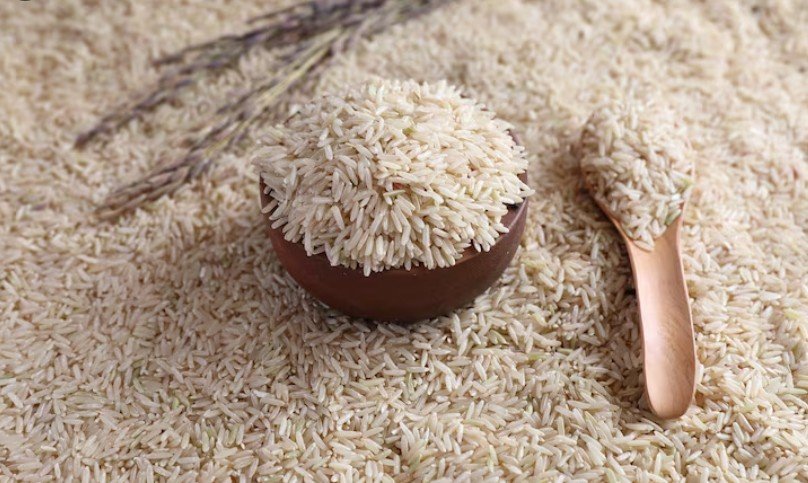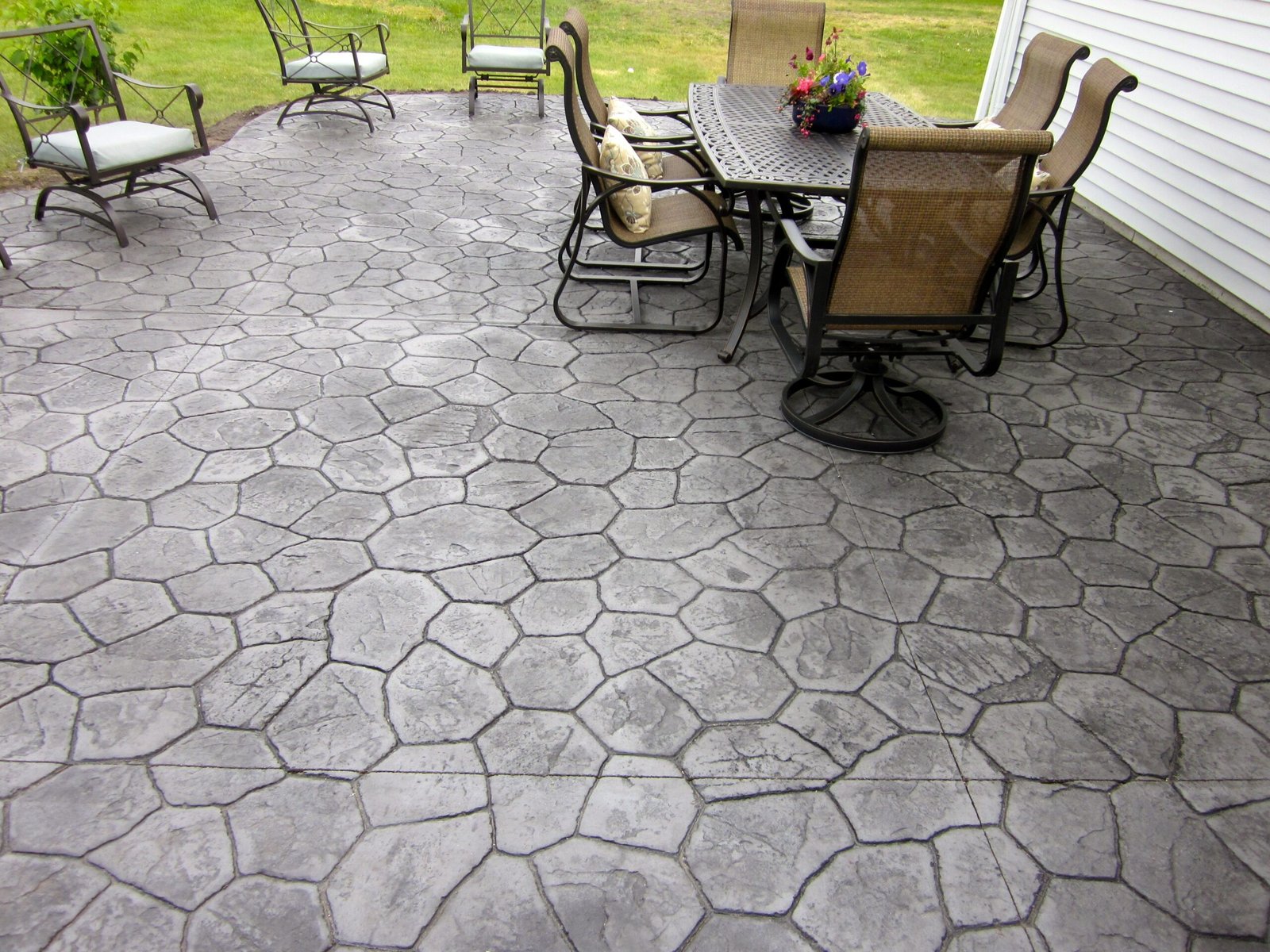Turbine components are subjected to extreme conditions, including high temperatures, pressure, and corrosive environments. Selecting the right material is crucial for ensuring durability, efficiency, and long-term performance. Among the many high-performance alloys available, Inconel 925 bars stand out due to their exceptional strength, oxidation resistance, and corrosion resistance. In this article, we will compare Inconel 925 bars with other commonly used alloys in turbine component manufacturing to understand their advantages and applications.
Understanding Inconel 925 Bars
What is Inconel 925?
Inconel 925 is a precipitation-hardened nickel-iron-chromium alloy that contains significant amounts of molybdenum, copper, and titanium. These elements contribute to its outstanding resistance to corrosion, oxidation, and stress-related wear, making it an excellent material for turbine components operating in extreme environments.
Key Properties of Inconel 925 Bars
- High Strength and Hardness: The precipitation-hardening process enhances its mechanical strength and wear resistance.
- Corrosion and Oxidation Resistance: Performs well in aggressive environments, including seawater and acidic conditions.
- Excellent Thermal Stability: Can withstand high temperatures without losing structural integrity.
- Superior Fatigue Resistance: Ensures longevity under cyclic stress and load variations.
Comparison with Other Alloys in Turbine Component Manufacturing
Turbine components require materials with high resistance to heat, corrosion, and mechanical stress. Below, we compare Inconel 925 bars with other commonly used alloys such as stainless steel, titanium alloys, and cobalt-based superalloys.
1. Inconel 925 vs. Stainless Steel Alloys
Stainless Steel Alloys (304, 316, 321, 347)
- Pros:
- More cost-effective than Inconel.
- Good corrosion resistance in moderate environments.
- Readily available and easy to machine.
- More cost-effective than Inconel.
- Cons:
- Lower temperature resistance compared to Inconel 925.
- Less resistant to oxidation and thermal fatigue in high-temperature environments.
- Prone to scaling and thermal degradation over prolonged exposure.
- Lower temperature resistance compared to Inconel 925.
Why Inconel 925 is Preferred?
Unlike stainless steel, Inconel 925 bars retain their strength and corrosion resistance at extremely high temperatures, making them more suitable for turbine blades, rotors, and exhaust systems.
2. Inconel 925 vs. Titanium Alloys (Ti-6Al-4V, Ti-6242, Ti-5553)
Titanium Alloys
- Pros:
- Lightweight compared to Inconel.
- High strength-to-weight ratio.
- Excellent corrosion resistance in marine environments.
- Lightweight compared to Inconel.
- Cons:
- Lower oxidation resistance in extremely high-temperature applications.
- Prone to creep deformation under prolonged thermal exposure.
- More expensive than stainless steel.
- Lower oxidation resistance in extremely high-temperature applications.
Why Inconel 925 is Preferred?
While titanium alloys are ideal for weight-sensitive applications such as aircraft turbines, Inconel 925 bars offer superior oxidation resistance, making them a better choice for high-temperature turbine components.
3. Inconel 925 vs. Cobalt-Based Superalloys (Haynes 188, Stellite 6B, MAR-M-509)
Cobalt-Based Superalloys
- Pros:
- Excellent high-temperature oxidation and corrosion resistance.
- Superior wear and erosion resistance.
- Used in combustion chambers and afterburners.
- Excellent high-temperature oxidation and corrosion resistance.
- Cons:
- Heavier than Inconel and titanium alloys.
- More expensive and difficult to machine.
- Limited availability and higher material costs.
- Heavier than Inconel and titanium alloys.
Why Inconel 925 is Preferred?
Cobalt-based superalloys are often used in specialized aerospace applications, but Inconel 925 bars provide a balance of corrosion resistance, strength, and cost-effectiveness for turbine components, making them a practical alternative.
In-Depth Analysis of Inconel 925 in Turbine Components
Turbine Blades and Vanes
Turbine blades operate under extreme pressure and heat. Inconel 925 bars offer:
- Enhanced mechanical properties to withstand cyclic loading.
- Superior oxidation resistance, preventing scaling at high temperatures.
- Increased lifespan compared to conventional stainless steel or titanium alloys.
Rotors and Shafts
Rotors and shafts require materials that can resist fatigue and maintain structural integrity over long operational cycles. Inconel 925 bars ensure:
- High torsional strength and resistance to stress cracking.
- Durability against extreme rotational speeds.
- Reduced risk of failure under cyclic stress.
Combustion Chambers and Exhaust Systems
Withstanding combustion temperatures is critical in turbine efficiency. Inconel 925 bars provide:
- Excellent heat retention and dissipation properties.
- Protection against oxidation and corrosion caused by exhaust gases.
- Increased fuel efficiency by reducing heat loss.
Heat Exchanger Tubing and Seals
Heat exchangers play a key role in thermal management. Inconel 925 bars contribute to:
- Optimal thermal conductivity with minimal material degradation.
- Superior resistance to aggressive cooling fluids.
- Extended service life, reducing downtime and maintenance costs.
The Future of Inconel 925 in Advanced Turbine Technologies
As turbine technology continues to evolve, the demand for high-performance materials like Inconel 925 bars is expected to rise. Innovations in additive manufacturing and precision machining are further enhancing the capabilities of Inconel 925 in turbine applications.
Advancements in 3D Printing for Turbine Components
The development of 3D printing techniques allows for more complex and lightweight designs using Inconel 925 bars. This innovation leads to:
- Reduced material waste and improved efficiency.
- Customizable component designs for specific turbine needs.
- Faster production times with enhanced material properties.
Sustainability and Recycling of Inconel 925
The aerospace and energy industries are focusing on sustainability. Inconel 925 bars offer eco-friendly advantages such as:
- Recyclability, reducing the environmental impact of turbine component manufacturing.
- Longer lifespan, leading to lower material consumption over time.
- Enhanced fuel efficiency, contributing to greener energy solutions.
Conclusion
When comparing Inconel 925 bars to other alloys used in turbine component manufacturing, it becomes clear that they offer superior resistance to high temperatures, oxidation, and corrosion. While stainless steel, titanium, and cobalt-based superalloys each have their advantages, Inconel 925 strikes the perfect balance between durability, performance, and cost-effectiveness. As turbine technology continues to evolve, the demand for high-performance materials like Inconel 925 bars will only grow, making them an essential choice for engineers and manufacturers striving for efficiency and reliability.












Leave a Reply